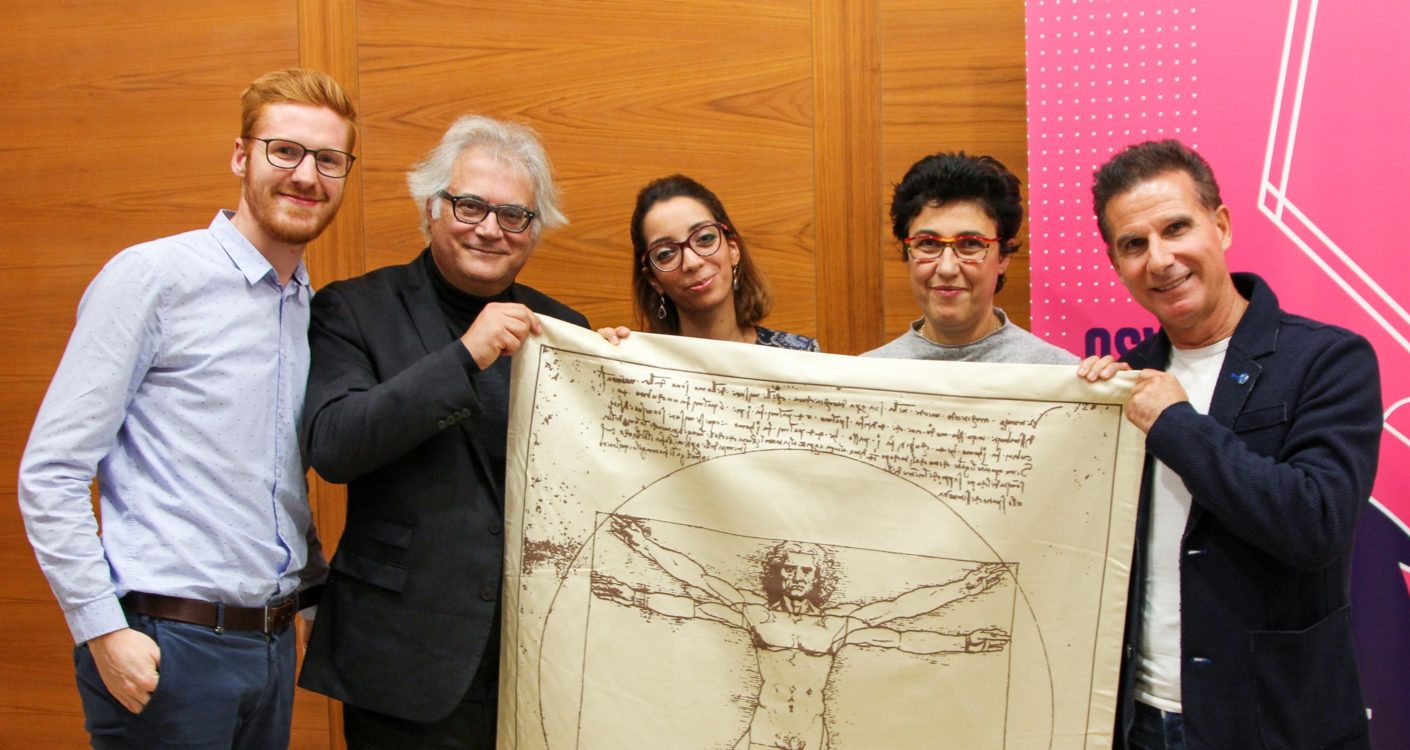Leonardo da Vinci – the Thought Provoking Genius

It is difficult to define Leonardo da Vinci. Who was he? An artist? A scientist? An inventor?
All of these can be appropriate, he once presented himself as a court entertainer, or rather, a Grandmaster of events. Da Vinci was a universal genius who was able to turn his dreams come true by drawing, calculating and giving shape to his ideas. He was able to “perceive” the development of the world around him and predict its evolution. In the 15th century, he spoke of humans switching between hemispheres in a moment, traveling between the starts, speaking to each other while in faraway countries, and much more. Young da Vinci would have been pleased to see how his ideas and inventions have become an everyday reality in our day and age.
Alessandro Garofalo, professor and CEO of “Garofalo & Associated Ideas”, spoke about Leonardo during the last Ritorno al Futuro Event hosted at LDV20. He called da Vinici a genius that sped up the spirit of innovation. Alessandro, an innovation expert, started out as a nuclear physicist but quickly transitioned to providing business advice on innovation. During a meeting with an American scholar, he first confronted Leonardo da Vinci, he began to study his life in all its nuances, thus coming to identify seven points around which Leonardo’s genius is created. Curiosity, demonstration, sensation, nuance, art/science, corporality and the ability to understand the development of society. Through these points, Alessandro has managed to describe the incredible mind of da Vinci, from the ability to transition from one field of science to another to overcoming boundaries giving life to innovation. Alessandro Garofalo also recalled Leonardo’s study on the development of multisensory and his search for uncertainty. The discovery of the balance between the beauty of art and the rigorous method of science and the ability to recognize the personal biorhythm to understand when our body needs to rest were mentioned. The emerging patterns describe the character traits of this unique Renaissance man from whom we can learn and improve our contemporary world.
Discussing Leonardo da Vinci’s impact on innovation at this event was undoubtedly appropriate for the location – LDV20. He once again became a teacher urging us to listen to what he called the “noise of ideas”.
This fourth event of Ritorno al Futuro was also enriched by the exhibition presentation “Leonardo 500” which is held in Bolzano from 13 November to 11 December 2019. For this occasion, 30 plates of the “Codex Atlanticus” are displayed at the Free University of Bolzano, together with drawings and models by Leonardo da Vinci. Conferences will be held as part of the exhibition focusing on the theme of development and scientific research.
